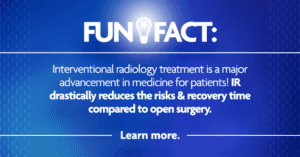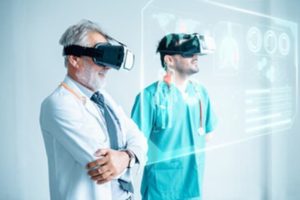8 Possible Signs you May have Fibroids
Uterine fibroids are noncancerous tumors that form in the uterus. However, detection can oftentimes be rather tricky as symptoms are not obvious, if even present at all. Though some women may not show any symptoms, it’s vital to be aware of certain indicators. Read our blog for our top 8 possible signs you may have fibroids!
As a woman, you may develop fibroids, also known as leiomyomas or myomas, which can vary in size from tiny seedlings to large masses. They can occur singly or in groups, and they can grow inside the uterine cavity or outside. Typically developing during the childbearing years but can ultimately occur at any age. While fibroids aren’t cancerous, they can still be dangerous and cause some not-always-obvious symptoms.
The 8 common risk factors of fibroids include:
1) Abdominal pain and cramping
Uterine fibroids are a common cause of abdominal pain and cramping in women. While they don’t typically cause notable symptoms, they can lead to pain and cramping, particularly if they are large or located near the intestinal tract. If you have large fibroids, your doctor may recommend surgery to remove them.
2) Back and leg pain
Back and leg pain is a common complaint among women, especially those of childbearing age. Typically, the pain is attributed to the hormonal changes of the menstrual cycle. However, in some cases, fibroids can cause symptoms like back pain or leg pain. This is because they can put pressure on the nerves in the pelvis, which can cause pain to radiate down the legs.
3) Constipation
One less well-known symptom of fibroids is constipation. This is because they press on the bowel, making it difficult for waste to pass through. In some cases, fibroids can also block the fallopian tubes or obstruct the cervix, causing even more problems with bowel movements. However, the implementation of dietary changes, as well as stool softeners or laxatives, could be of help.
4) Difficulty conceiving
Fibroids can block the fallopian tubes, making it difficult for sperm to reach the egg. They can also interfere with implantation or even prevent the embryo from developing properly. While fibroids are not always responsible for difficulty conceiving, they are one potential cause that should be considered by couples who are struggling to conceive.
5) Feeling bloating or fullness of the abdomen
Fibroids can have several physical manifestations, including feeling full or bloated. This is because they can grow to be quite large and in some cases, press on the stomach and intestines. This pressure may result in swelling and a sensation of being satiated, even with little food intake.
6) Heavy or prolonged menstrual bleeding
Why do fibroids cause heavy bleeding? There are a few reasons. First, fibroids can block the cervix, making it difficult for blood to flow out of the uterus. Second, they can distort the uterine lining, preventing it from shedding properly. And finally, fibroids can increase the production of certain hormones, leading to heavier bleeding and even bleeding between periods.
7) Painful intercourse
Fibroids press on the nerves and blood vessels around the uterus, causing pain and other problems. In addition, fibroids can also cause the uterus to contract erratically, which can be painful for both partners during intercourse. Their location can play a role in discomfort as well.
8)Urinary frequency or urgency
In some cases, fibroids can cause urinary problems. As they can press on the bladder, causing urinary frequency, urgency, and incontinence. If you are experiencing urinary problems or any of the symptoms above, it’s important to talk to your doctor to rule out any other potential causes and determine the best course of treatment.
At Radiology of Indiana, we strive to provide top-notch treatment options. We offer fast, non-surgical care to remove fibroids. To learn more, call (317) 621-5555 or visit our website to schedule a consultation today!
Resources:
https://www.radiologyofindiana.com/7-common-symptoms-of-fibroids/
https://www.womenshealth.gov/a-z-topics/uterine-fibroids
https://www.hopkinsmedicine.org/health/conditions-and-diseases/uterine-fibroids





